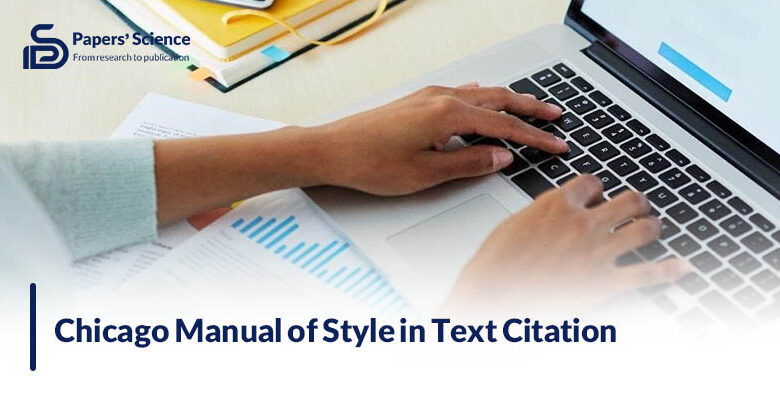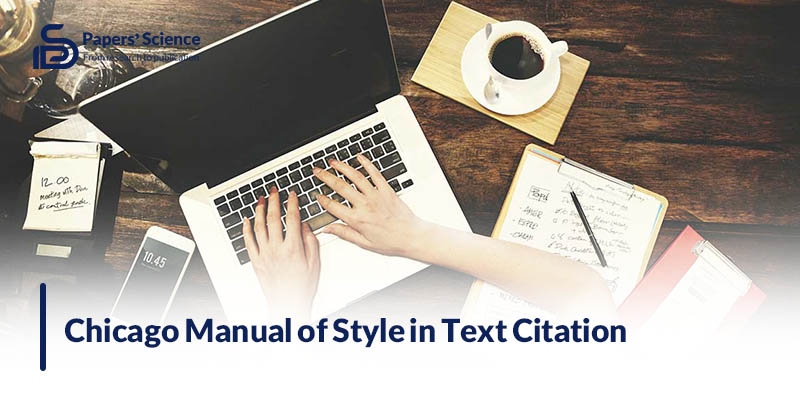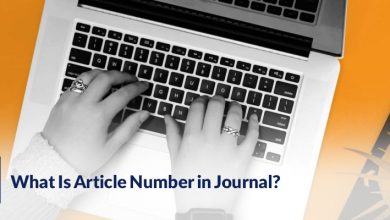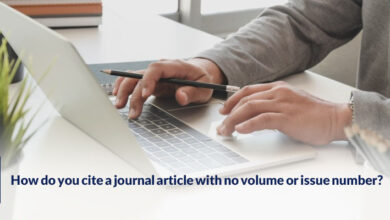Chicago Manual of Style in Text Citation

In this article, we want to write about the Chicago style of writing and how to cite in this style manually.
What is Chicago style? It is in a normal style in which your text is in “Times New Roman” font with 12 font size, and it should have a Margin of 1 in length and width.
So, if you want to write your paper in Chicago style, you can use and apply the guidance below:
1. Use the standard font of Times New Roman in 12pt.
2. Choose the 2.0 space between the lines.
3. Choose a minimum margin of 1 inch or larger.
4. Add the page number in the top right or bottom center.
Other than these, you need to start the new paragraph with a ½ inch indent. Most people set the text on “justified,” but in the Chicago style, it should be left-aligned, and only the right margin should look ragged.
This is a Chicago-style citation guidance and contains important tips about citing with this style of writing. If you want to know how to use Chicago in-text citations manually, keep reading the passage.
How to use Chicago style in-text citation?
There is only one rule for writing the citation, but you can change it based on the content and your supervisor’s opinions.
In the Chicago style in-text citation for multiple authors, you have to list only up to three authors, and if there are more, you can name the main author and subsequently write “et al.”
How to use Chicago-style in-text citation newspapers? (Printed & Online)
Write this information in order for the printed newspapers:
1. First Name Last-name
2. Title of Article in “quotation” sign
3. Title of Newspaper (Italic)
4. And then the date as Month Day, Year.
Example: Charles Bukowski, “South of No North,” Wall Street Journal, March 15, 1989.
And now, look at the example below for the online newspapers. It is almost the same but contains the URL:
You have to include the URL after the date and then add the date of assessment:
Charles Bukowski, “South of No North,” Wall Street Journal, March 15, 1989. https://en.wikipedia.org/wiki/South_of_No_North_(short_story_collection) (accessed June 9, 2003)
Note that The link is not correct, as you see, and it is written only as an instance.

How to use Chicago-style in-text citations for journals?
For in-text Chicago-style citing in journals, you have to use this format:
1. Author last name + year
2. Page number(s)
For instance: (Bachman 1990, 71)
The steps below show you the complete format of in-text citations in online or published journals:
1. Author’s name
2. The article’s title
3. The name of the journal
4. Volume following by the Issue
5. Publication date
6. The page numbers on which you can spot the article
7. A DOI or URL
It is noteworthy that for citing in Chicago style on websites, you can use the same format in the same order that is written above.
How to use Chicago-style in-text citations for books?
In-text citations using the Chicago style in books might be a bit different. You can use the steps below and write the perfect manual citation for any book you want:
1. First, add the author’s first name and last name
2. Then entail the book title, followed by a subtitle
3. Then, write the place of publication: publisher, year. All in (Parentheses)
4. Finally, after all the page number(s).
You can also write the chapter in the second step if it is needed.
As you might have noticed, Chicago-style in-text manual citations are divided into 2 models:
· Notes and bibliography
· Author-date
If you have decided which one to use but don’t know how to write them, in the section above, we added all the info you need to use both samples.
If you have second thoughts about using one for your aims, you better know that the author-date system is more common and used in the sciences and social sciences.
The reason is that, commonly, for these texts, the sources are briefly cited, and they usually come in parentheses, by the author’s last name, followed by the year of publication.
So, the Chicago style citation and “Author-date” are very useful for these papers.
It is up to you to observe which one is better for your work; you can ask a supervisor if you have no clue how to use them.
Read More: Can You Use We in a Research Paper?
In the end
In this comprehensive guide on “Chicago Manual of Style in Text Citation,” we added all the manual forms of citing in Chicago style, and you can use them in books, magazines, webpages, etc.
We are waiting to hear from you.

If you need more information about the topic, you can ask us in the comments below. Do you use Chicago-style in-text citations? Please share your experience with us.
We are waiting to hear from you.
Author’s last name + year, page number(s). Include author name, article title, journal name, volume, issue, publication date, page numbers, and DOI/URL.
Include author’s name, book title (with subtitle), place of publication, publisher, year (in parentheses), and page number(s). Chapters can be included if necessary.
List up to three authors; for more, name the main author followed by “et al.”



